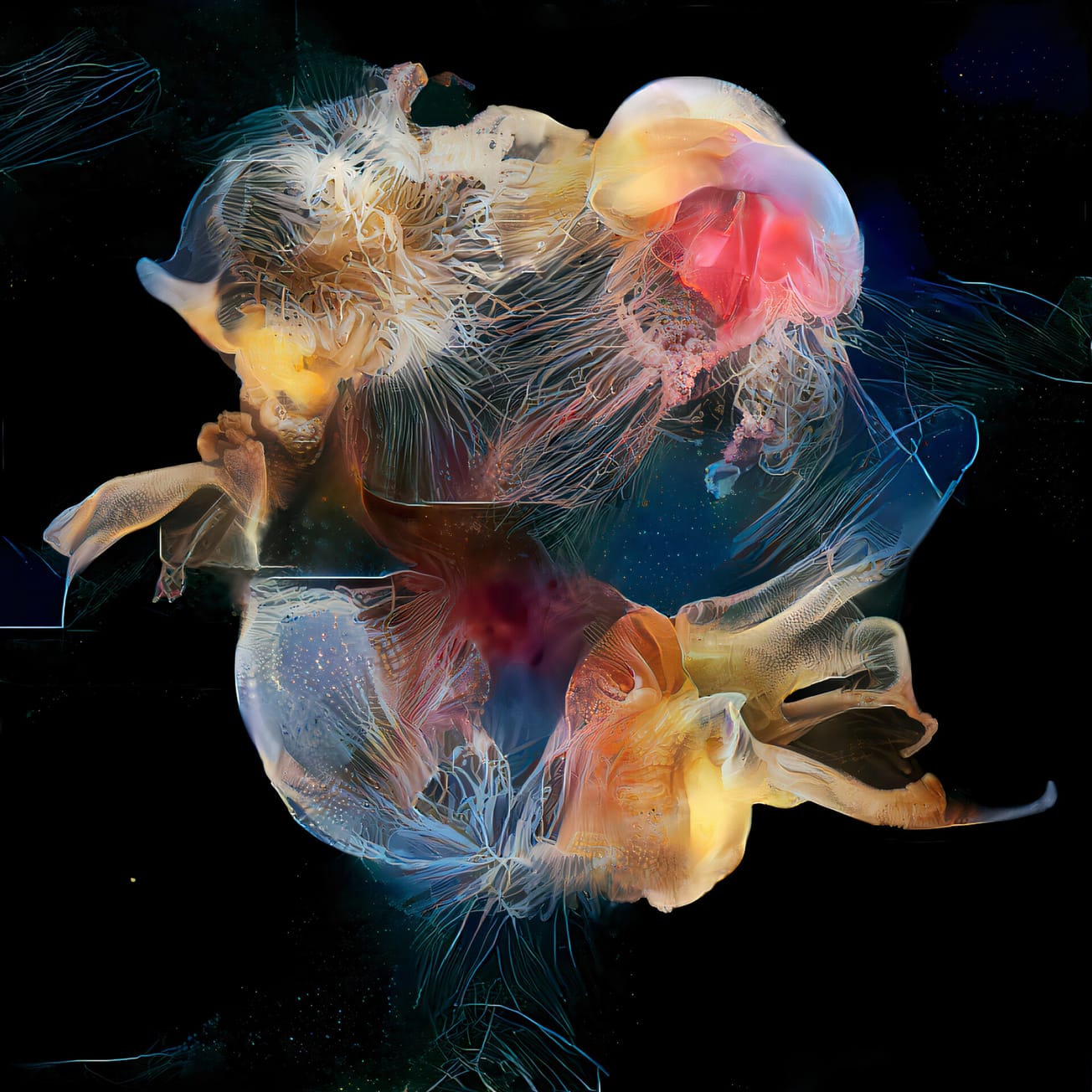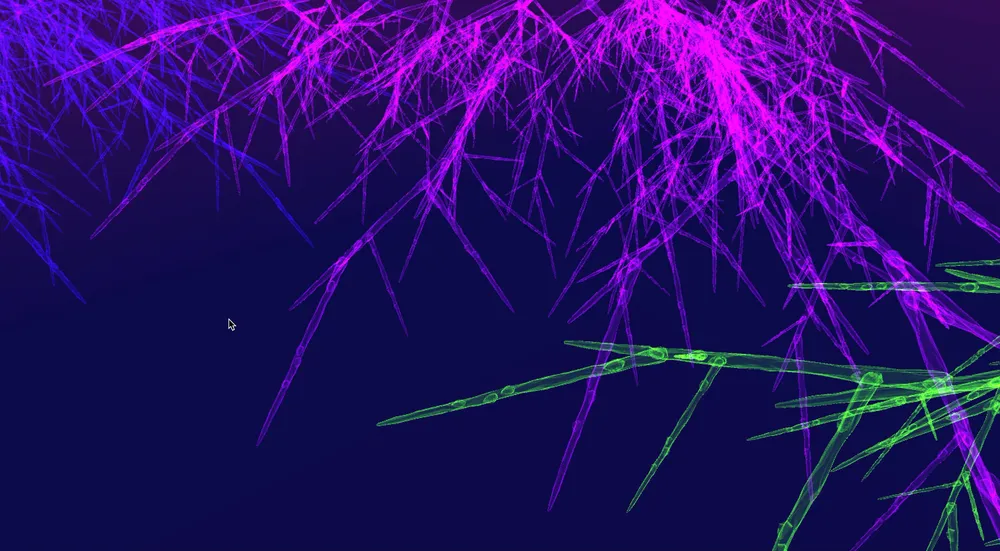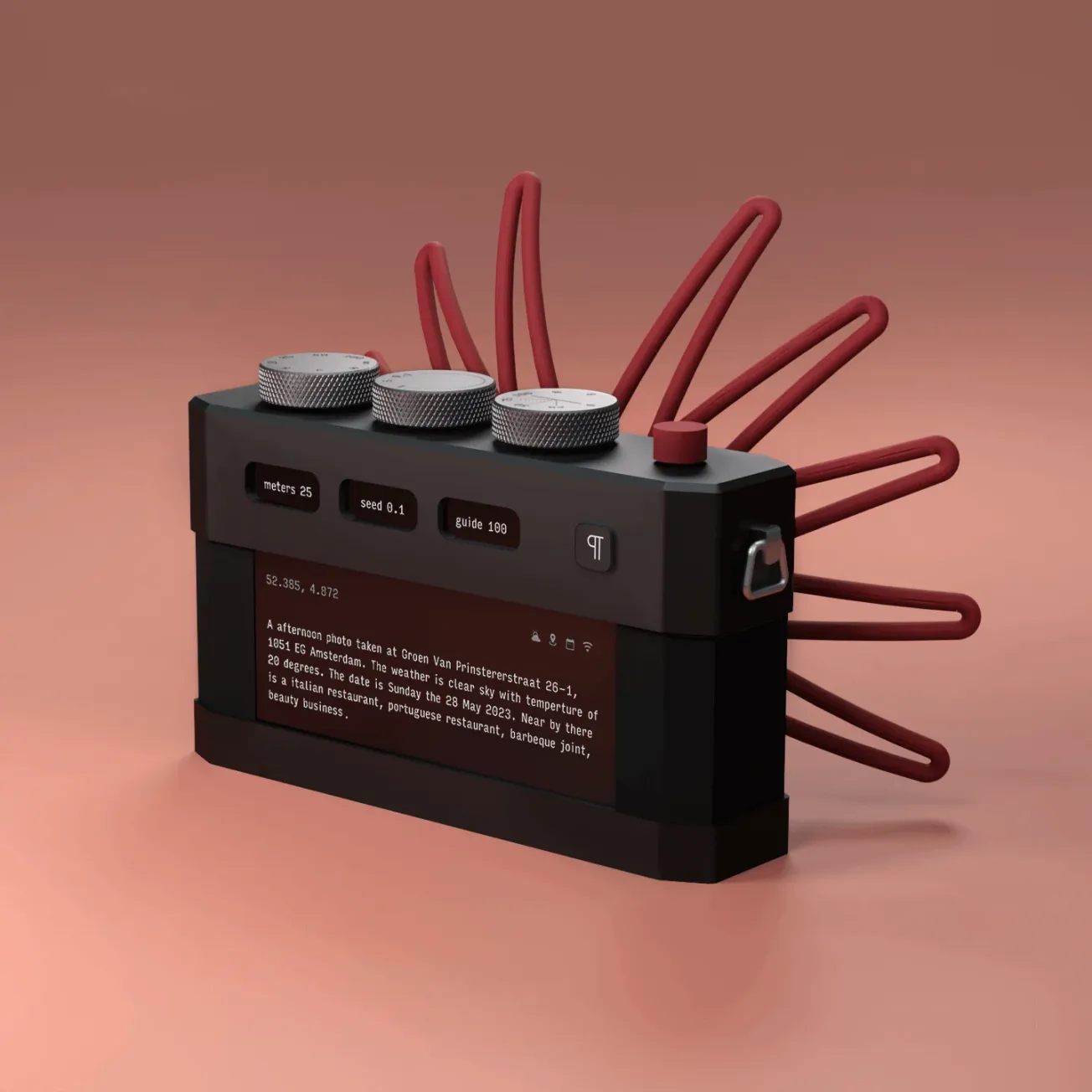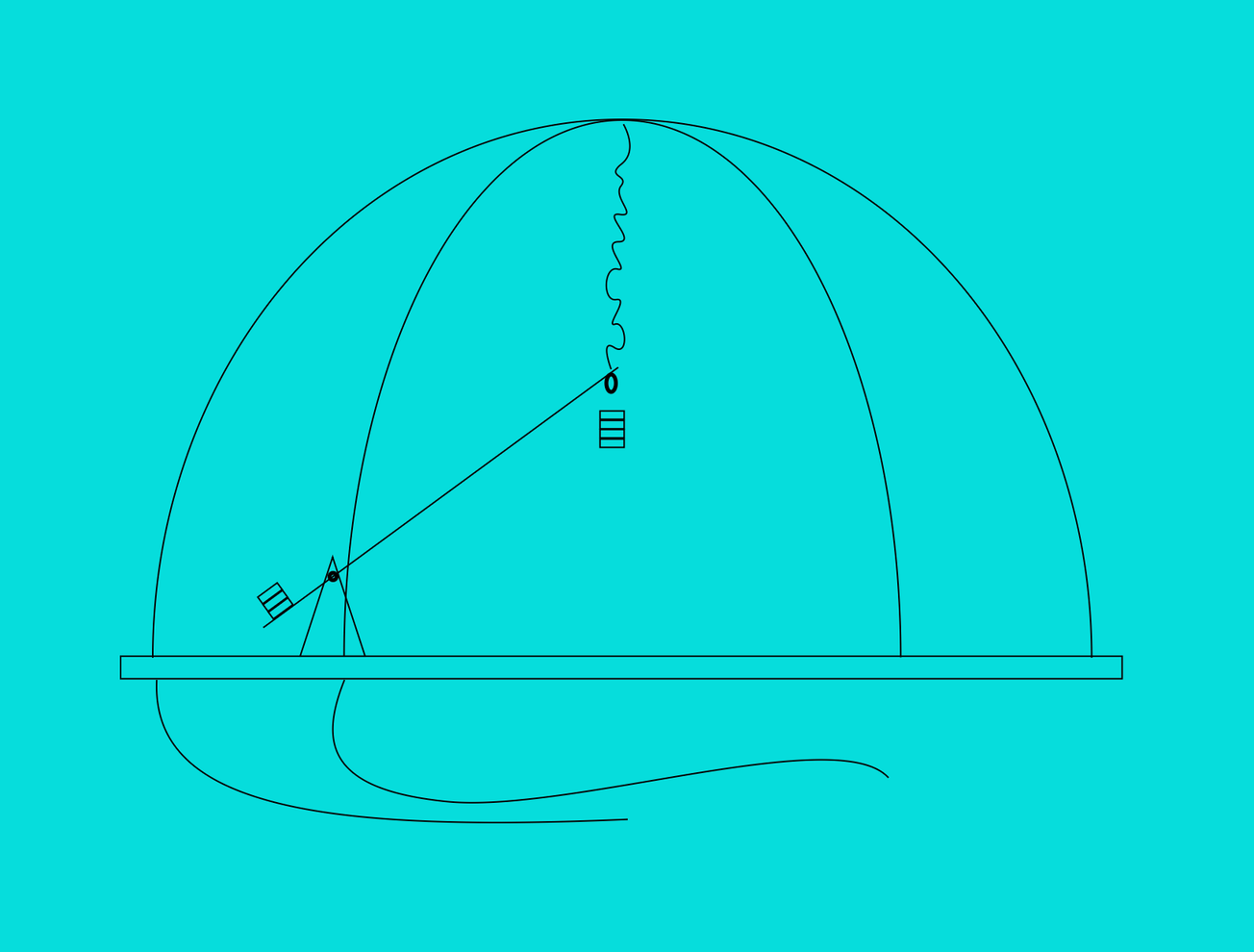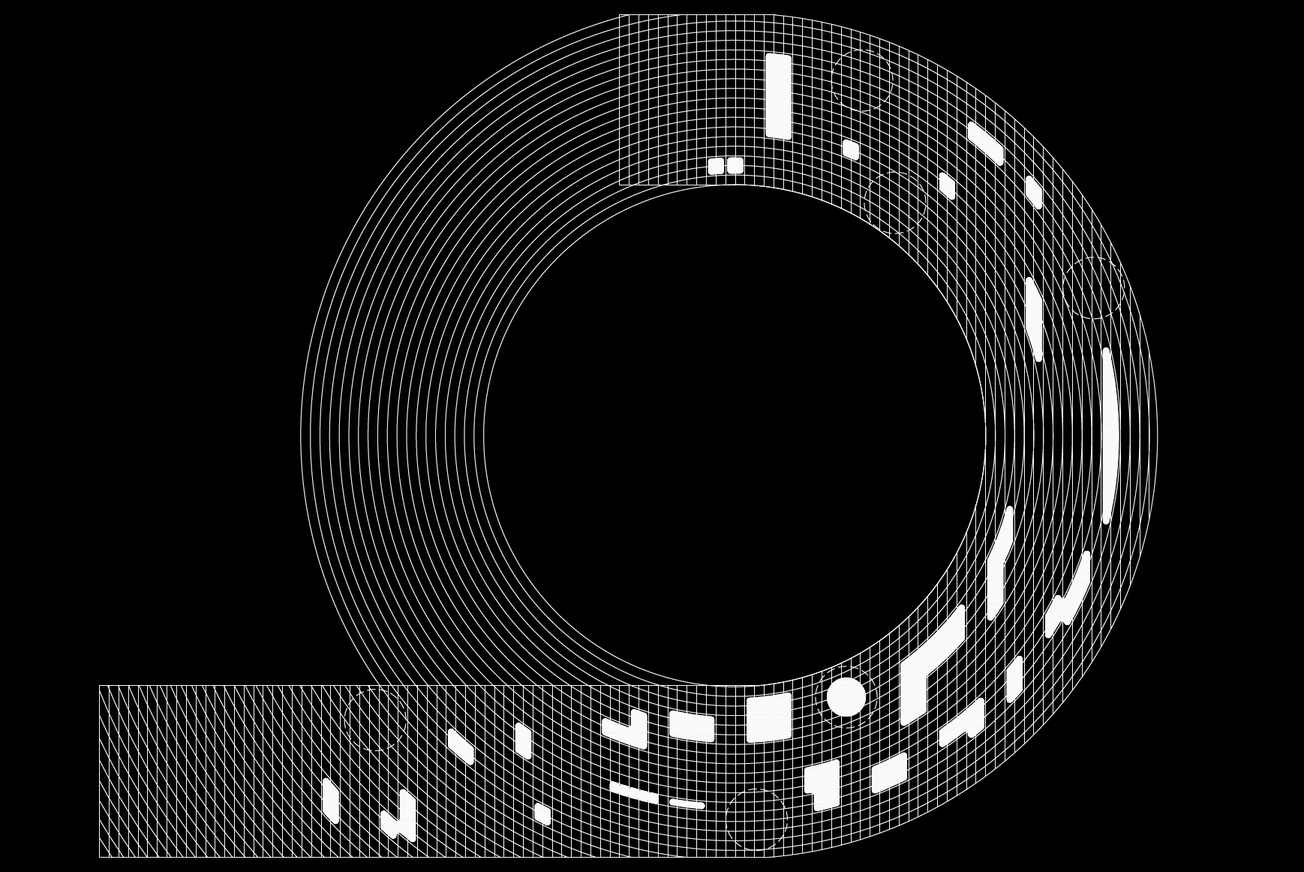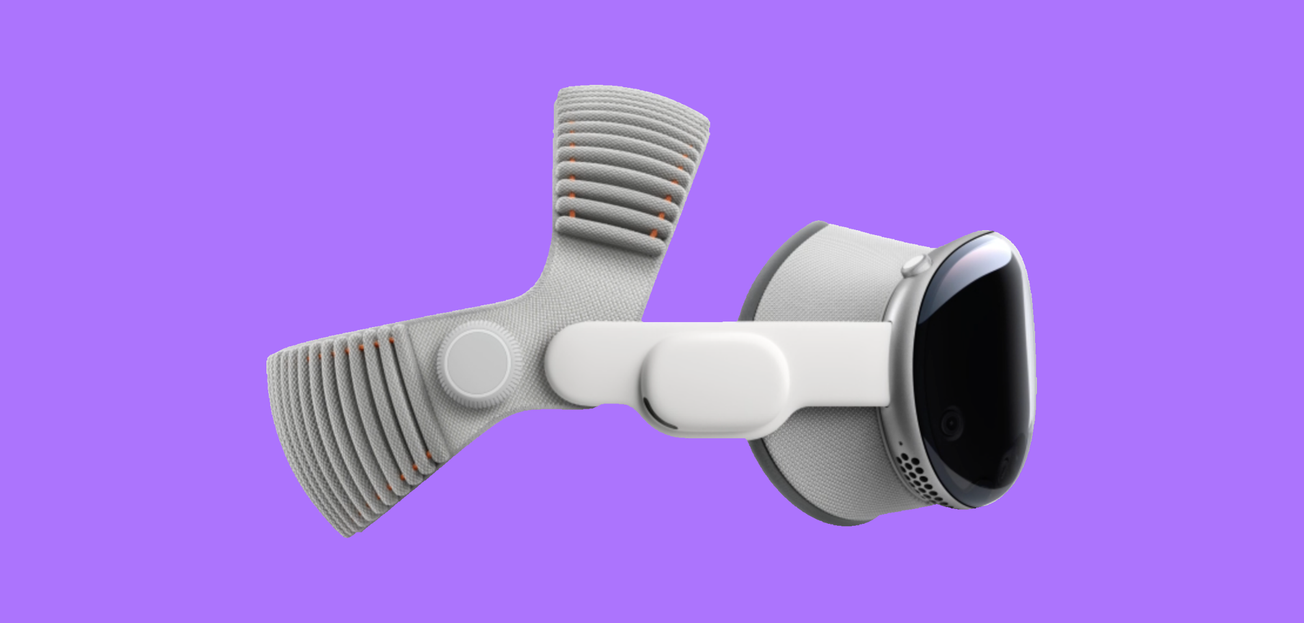AI is no longer just a tool — it’s a co-author. And posthumanism may be the framework we need to understand what that means. Today, AI systems generate images, texts, sounds, and designs at a scale and speed that challenge long-held ideas of authorship and perception. The question isn’t simply what AI can make, but how it reshapes what we consider aesthetic experience. To navigate this shift, many are turning to posthumanism — a critical framework that decouples aesthetics from human-centered assumptions and asks what it means to create in a more-than-human world.
From Human-Centered Ideals to Hybrid Subjectivity
For centuries, art and design assumed the human as both subject and audience. Posthumanist thinkers argue that this frame no longer holds. Rosi Braidotti, in The Posthuman (2013), contends that we must abandon the Enlightenment model of the autonomous individual and instead recognize subjectivity as hybrid and distributed — shaped by technology, ecology, and nonhuman life. Katherine Hayles, in How We Became Posthuman (1999), similarly shows how embodiment and information systems are inseparable, with identity co‑produced by code, data, and networks.
These frameworks matter in the AI age because generative systems don’t just extend human creativity — they participate in it. Tools like Midjourney, Stable Diffusion, and GPT‑based models demonstrate how authorship, once the domain of the lone artist, now emerges from feedback loops between human intention and machine learning trained on vast datasets.
How AI Expands Aesthetic Perception
Posthumanism helps explain why AI is changing not only what we create, but how we perceive. Donna Haraway’s cyborg theory collapses the divide between human and machine, suggesting that ways of knowing and sensing are now inseparable from technological mediation.
This becomes clear in Trevor Paglen’s Adversarially Evolved Hallucinations (2017–18), where images are generated to be legible to machine vision systems but appear hallucinatory to human viewers. The work highlights a central question: what happens when aesthetics is shaped for nonhuman perception? This tension between what humans see and what machines register underscores a broader shift: aesthetics is no longer calibrated only to human senses, but increasingly to hybrid systems of perception.
Fashion designer Ying Gao explores a related terrain. Her (No)Where (Now)Here series (2013 onward) integrates eye‑tracking systems into garments that animate when observed. Here, clothing becomes a site of machine‑human feedback, redefining wearability as an active system of perception and response rather than a passive object.
Identity, Ethics, and More‑Than‑Human Futures
AI accelerates the unraveling of stable, human‑centered identity. Morehshin Allahyari’s She Who Sees the Unknown (2016–21) merges Islamic mythology, 3D scanning, and AI to construct counter‑histories that challenge colonial and patriarchal frameworks. By reimagining mythical jinn figures through machinic processes, Allahyari shows how identity can be reconfigured across folklore, code, and digital embodiment.

Sofia Crespo’s Neural Zoo uses neural networks trained on biodiversity archives to generate plausible yet fictional species. These organisms don’t replicate nature; they provoke reflection on how ecological imagination is shifting in the age of algorithmic simulation. Both projects underscore a core posthumanist principle: identity and aesthetics are no longer the sole property of humans but distributed across networks of data, machines, and nonhuman life.

Ethical stakes rise alongside these shifts. Patricia MacCormack, in The Ahuman Manifesto (2020), argues for an “ahuman ethics” that not only refuses to privilege human comfort over nonhuman flourishing but even entertains the possibility of a world without humans. Far from nihilistic, her stance is a provocation: even human extinction, she suggests, may be preferable to continuing anthropocentric dominance. In the context of AI, this sharpens the question of whose interests algorithms serve — and whether systems trained on human priorities can be re‑oriented toward more‑than‑human ethics.
Toward a Posthuman Framework for AI
Posthumanism doesn’t treat AI as a neutral tool. It frames it as a cultural actor — one that co‑authors meaning, reshapes perception, and redistributes agency. Bracha Lichtenberg Ettinger’s concept of the matrixial gaze adds an important dimension, proposing aesthetic encounters as co‑emergent and relational rather than based on mastery or control. This provides a way to think about human‑AI creativity not as domination, but as shared becoming.
Architecture and design practice already reflect this shift. Studio Other Spaces’ Vertical Panorama Pavilion (2022) demonstrates how built environments can be designed as perceptual systems, inviting multisensory participation rather than reinforcing human control. Similarly, interface designers are exploring affective AI and ambient systems that respond to both human and nonhuman signals — expanding aesthetics into systemic, entangled experiences.

The Answer: Why Posthumanism Matters Now
So, is posthumanism the framework we need for the age of AI? The evidence suggests yes. Braidotti shows us that subjectivity is already hybrid. Hayles reminds us that embodiment and information are inseparable. Haraway reframes perception as always technologically mediated. Ettinger offers models of co‑emergence and care. MacCormack insists on an ethics that extends beyond human comfort — even to the radical possibility of a world without us. Together, they outline a framework that doesn’t see AI as a disruption of human creativity, but as part of the systems through which creativity now flows. Posthumanism matters now because it asks the real question: not how humans can control AI, but how we can learn to create in a world where we were never at the center to begin with.

